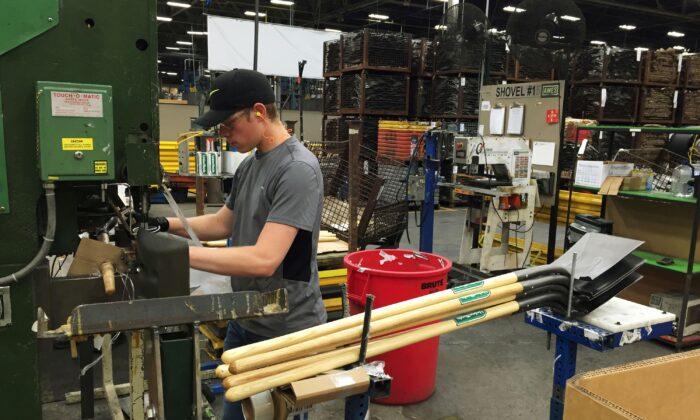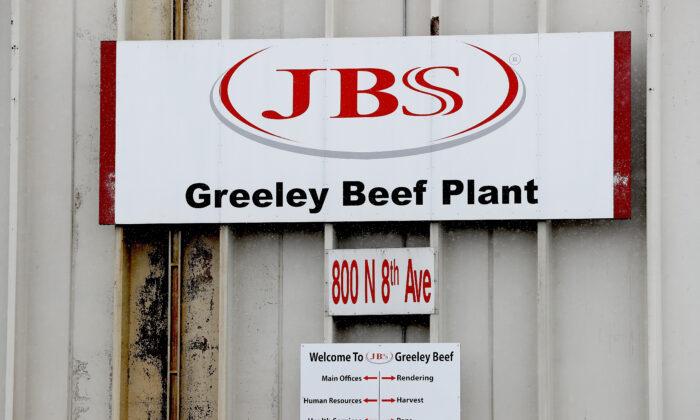A PMI reading above 50 points indicates an expansion in the manufacturing sector, which makes up 11 percent of the U.S. economy. A Reuters poll of economists had forecast a more modest increase.
The index, which climbed from a reading of 54.2 in July, is now at its highest since November 2018.
According to ISM Chair Timothy Fiore, the August data also “indicates expansion in the overall economy for the fourth month in a row after a contraction in April, which ended a period of 131 consecutive months of growth.” A PMI reading above 42.8 generally indicates economic expansion.
Fiore also said that the ISM’s New Orders Index had reached 67.6 percent—a 6.1 percentage point increase from July. The production index increased, as did the order backlog and supplier deliveries indexes. According to the ISM, inventory levels fell in August while prices, new export orders, and imports all increased.
The employment index for August continued to show factory workers losing their jobs, although at a slower rate than in July. The federal government’s employment report is due out on Sept. 4, and the Reuters survey of economists is expected to show that roughly 1.4 million jobs were created in August, after 1.76 million were added in July.
“Among the six biggest manufacturing industries, food, beverage, and tobacco products remains the best-performing sector, with chemical products, computer and electronic products, and fabricated metal products growing strongly,” Fiore said. “Transportation equipment also expanded, but at a low rate. Petroleum and coal products sank into contraction territory.”
Fiore said that due to the current economic environment during the pandemic, many manufacturing companies will hold off on capital investments for the rest of 2020. Sectors that he believes will continue to be severely affected due to low demand include commercial aerospace equipment companies, office furniture suppliers and commercial office building sub-suppliers, and companies operating in the oil and gas industry.
Taken together, such companies account for some 20 percent of U.S. manufacturing output.






Friends Read Free